There are eco-friendly materials that are now used in construction for create energy efficient buildings and homes. These materials help not-only to provide more insulated and cheap alternatives to traditional construction materials but also to serve as a contributor in providing low-impact damage to nature.
Creating an eco friendly house starts with using eco-friendly construction materials. In El Paso TX, constructions practiced building eco-friendly homes not only because the of the local governments policies about “green” trend, but also for the customers to be part of the “green trend”.
Eco-friendly home consist of energy efficient and eco-friendly materials used in constructing the house. This home is well insulated by alternative materials for it to become energy efficient. An eco friendly house saves customers up to 45% of their energy cost. This is achieved through materials that help in insulating and illuminating the house. Let’s have a look on most used energy efficient construction materials.
Recycled Steel
Having a wooden beam for your house requires large number of lumber that potentially harm the nature. According to Steel Recycling Institute, alternative to wood beams are available for your house. Typically, for a single home with 186-square-meter to be built, it takes approximately 40 to 50 trees to finish it.
A customized steel beam can be an alternative to wooden beam, allowing a house to have more resistance to strong winds, earthquakes and storms.
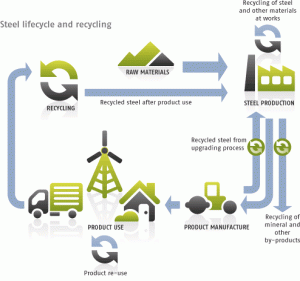
65 tons of recycled metal are recycled from cars and other metals, and recycling scrap reduces the energy produced in processing of the steel. It can save 75% energy in the energy production of steel mills. This material is also cheaper than the normal steel bar.
Wood / Plastic Composite Lumber
Plastic bags and different plastic materials can be recycled and processed to be used for forming recyclable chairs and tables, in this generation; it can be used in home construction for decks, or on local playground in the community.
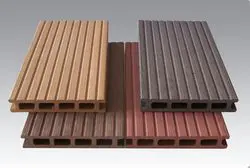
The 50% wood fibers plus 50% waste plastic is durable than traditional treated lumber. It adds more durability than the ordinary wood plus it is has the rigidness of the plastic. Mixing it together would give you a material that is durable, less toxic and more rigid that is also has strength. But the only problem with this material is that it is more expensive than ordinary wood.
Wool Bricks
Bricks reinforced with wool to obtain a composite that was more sustainable, non-toxic, using abundant local materials, and that would mechanically improve the bricks’ strength. The wool fibers were added to the clay material used in the bricks, using alginate conglomerate, a natural polymer found in the cell walls of seaweed.
The mechanical tests carried out showed the compound to be 37% stronger than other bricks made using unfired stabilized earth. These fibres improve the strength of compressed bricks, reduce the formation of fissures and deformities as a result of contraction, reduce drying time and increase the bricks’ resistance to flexion.
These fibres improve the strength of compressed bricks, reduce the formation of fissures and deformities as a result of contraction, reduce drying time and increase the bricks’ resistance to flexion.
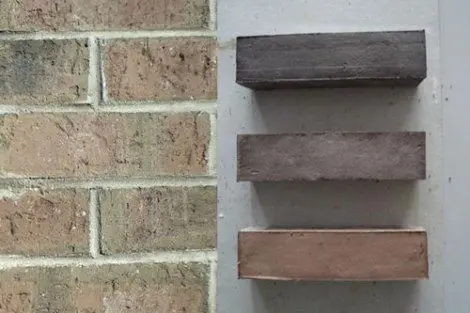
These kinds of bricks can be manufactured without firing, which contributes to energy savings. This is a more sustainable and healthy alternative to conventional building materials such as baked earth bricks and concrete blocks.
Insulating Concrete Foams
This is one of the oldest eco-friendly construction materials that are widely used in construction. It helps in the insulation of the building or in a home and its energy-saving properties are enjoyed by all type of people. One of the top makers of concrete forms is The Portland Cement Association defines Concrete forms as a “cast-in-place concrete walls that are sandwiched between two layers of insulation material.” This technology is used in building blocks and freestanding walls.
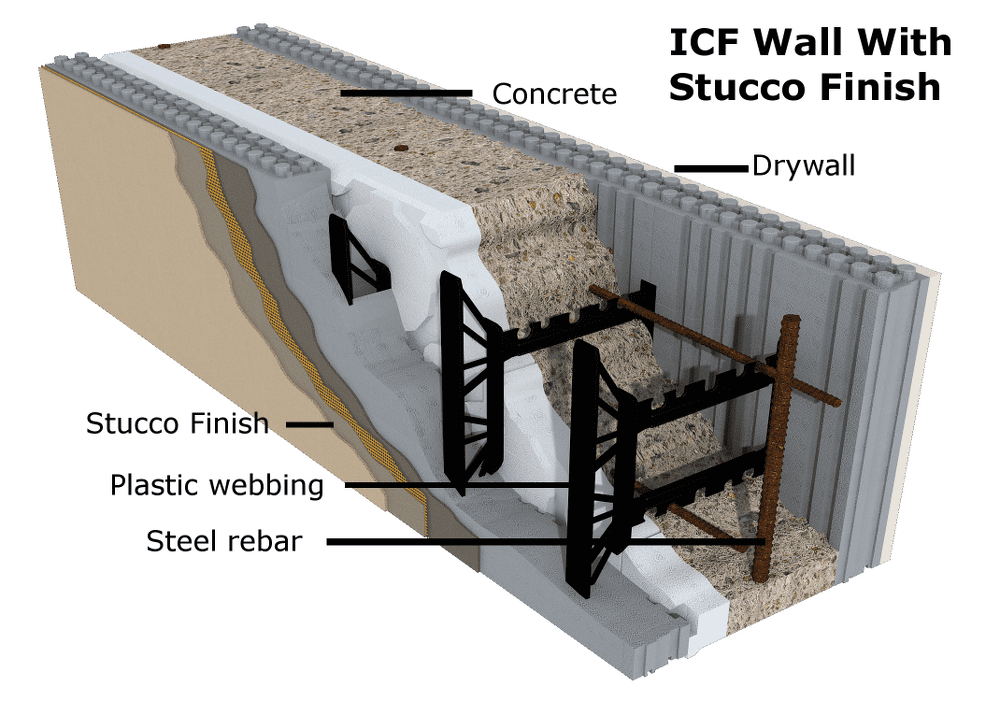
Buildings made from insulated forms saves as much as 20 percent over the energy consumed by wood- frame buildings in the States. This is the best alternative to wood in terms of walling the house because it has low-impact on nature.
Solar Roof Shingles
Solar shingles work just like conventional solar panels. Sunlight hits solar cells, which convert it to electricity. The shingles are sized at 12×86 inches – the size of conventional shingles. They can be stapled directly to the roofing cloth (often called “tar cloth”) as are conventional shingles.
Older PV shingle designs required vented plywood decking for heat dissipation and pre-laid wiring before the shingles were put into place. Newer designs eliminate these requirements.
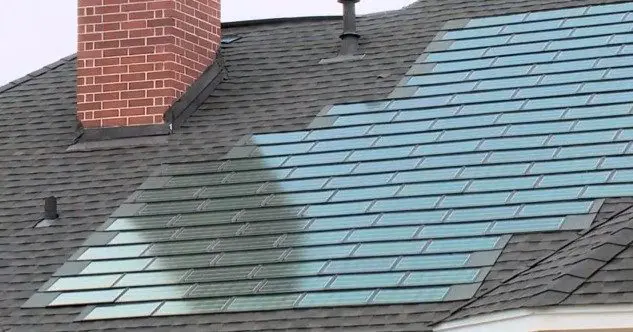
Installation takes about ten hours for the average roof, putting these solar shingles on par with their asphalt counterparts and making them lower per watt to install than traditional panels. The circuits are automatically connected through the overlapping shingles’ connection, making the electrical nearly wireless in its installation.
Low-Emissivity Window
This type of windows have low emissivity ratio and have a coating of metallic oxide on these windows that keeps the heat inside the house in the winter, also keeping out the heat during summer.
This coating is used on most external storm windows in houses that don’t have double-pane windows. This technology comes in hard coatings, also in soft coatings. Soft coatings go between layers of the glass, while the hard coatings go outside.
This type of windows is more expensive than the ordinary clear glass storm windows that are around 15 percent more expensive. This windows main function is to reduce heat flow through the glass and reduce heating cost by 20%.
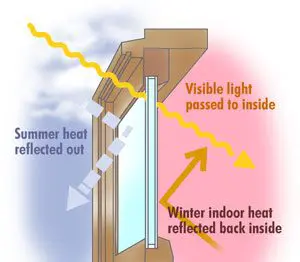
There are many other eco-friendly materials that are used in the construction. These materials are made available for all of us to practice healthy and eco-friendly living. These materials maybe expensive than the ordinary construction materials, but what makes it essential is its benefit it can give for us.
We can save up to 30-50% of our energy consumption by just having these kinds of material also help in preserving the nature.





